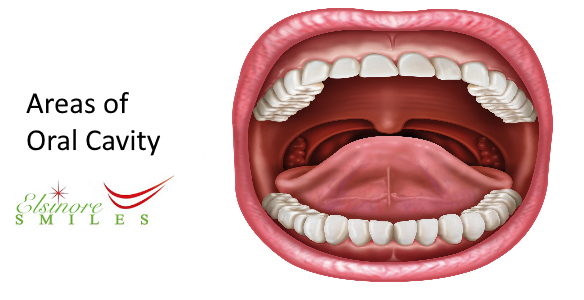
The oral cavity comprises the lips, the inner lining of the lips and cheeks, the lower and upper gums, the anterior two-thirds of the tongue, the floor of the mouth under the tongue, the little space behind the wisdom teeth, and the bony roof of the mouth. It houses the teeth and tongue and receives secretions from the salivary glands.
Table of Contents
Where is the Oral Cavity located?
The oral cavity is situated at the front of the face, below the nasal cavities, and is surrounded by a roof, a floor, and side walls.
What comprises the Oral Cavity?
The oral cavity is divided into two different regions:
- the area between the cheeks or lips and the teeth, known as the oral vestibule
- The oral cavity, the area between the teeth
What is the function of the Oral Cavity?
The major purpose of the mouth is to initiate digestion. It then begins the swallowing process by mixing the meal with saliva.
How large is the Oral Cavity?
On average, a male oral cavity has a capacity of 71.2 ml, whereas a female oral cavity has a capacity of 55.4 ml.
Why is the Oral Cavity essential?
Not only is the mouth essential for the initial intake and digestion of food and water, but also for speech creation and appropriate breathing. To facilitate digestion, the teeth, which make up the majority of the mouth’s structures, break and smash food into smaller pieces.
What is the Oral Cavity proper?
The mouth proper is covered by the lining mucosa (cheeks, lips, the floor of the mouth, and alveolar mucosal surface, soft palate, and inferior surface, masticatory mucosa (hard palate and gingiva), and the specialized mucosa (back of the tongue).
What is meant by areas of the Oral Cavity?
Areas of the mouth cavity correspond to the codes used to identify dental services.
